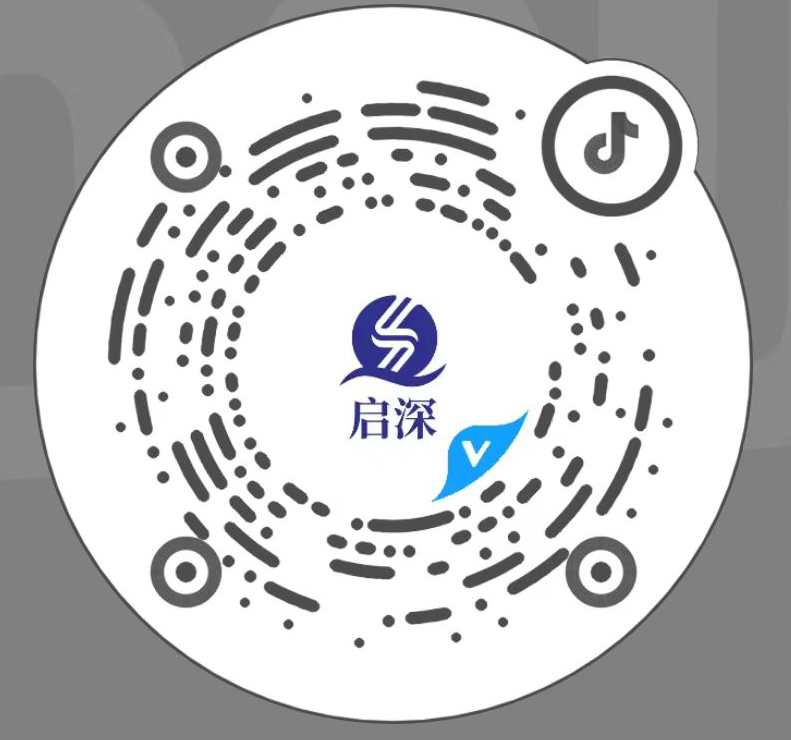The application of Virtual Reality (VR) and Augmented Reality (AR) in legal education and courtroom simulations
Publish Time:
2025-05-14
Introduction
Virtual Reality (VR) and Augmented Reality (AR) technologies, as emerging technologies that have received significant attention in recent years, are gradually being applied in various fields. In the legal field, VR and AR technologies bring new experiences and transformations to legal education and trial simulations, providing strong support for cultivating high-quality legal professionals and improving lawyers' trial skills.
Innovative Applications of VR/AR Technology in Legal Education
Traditional legal education mainly relies on classroom lectures and case analysis, leaving students lacking in direct practical legal experience. The application of VR/AR technology breaks this limitation and creates an immersive learning environment for students. For example, using VR technology, students can participate in simulated court trials immersively, experiencing the solemn atmosphere of the court and personally experiencing various aspects of the trial, including evidence presentation, cross-examination, and debate. In this process, students can gain a deeper understanding of legal procedures and knowledge, improving their practical legal skills. In addition, AR technology can present legal articles and case materials in a three-dimensional form to students, enhancing the fun and interactivity of learning and improving students' learning enthusiasm and effectiveness.
The Role of VR/AR Technology in Trial Simulations
For lawyers, trial simulations are an important means of improving practical trial skills. VR/AR technology can provide a more realistic and comprehensive simulated environment for trial simulations. By constructing virtual courtroom scenes, lawyers can more accurately grasp the courtroom layout, the positions of judges and juries, etc., in simulated trials, and reasonably arrange their trial strategies and body language. At the same time, using VR/AR technology can also simulate various complex case scenarios and evidence presentation methods, such as the restoration of traffic accident scenes and the three-dimensional display of physical evidence, allowing lawyers to better exercise their evidence presentation and cross-examination skills in simulated trials and improve their ability to respond to trials.
Challenges and Development Directions of VR/AR Technology Applications
Although VR/AR technology has enormous application potential in legal education and trial simulations, it still faces some challenges. For example, the high cost of VR/AR equipment limits its popularization in legal education and law firms; the maturity of the technology is not yet high enough, and there are problems such as screen lag and unsmooth interaction. In the future, with the continuous advancement of technology and the reduction of costs, the application of VR/AR technology in the legal field will become more extensive and in-depth. At the same time, it is necessary to further strengthen the integration of VR/AR technology with legal expertise and develop applications and content that better meet the needs of legal education and trial simulations.
Conclusion
The application of Virtual Reality (VR) and Augmented Reality (AR) technologies in legal education and trial simulations has brought new vitality and development opportunities to the legal field. They not only enrich the teaching methods of legal education and improve the quality of legal talent cultivation but also provide powerful tools for lawyers to improve their practical trial skills. With the continuous development and improvement of technology, it is believed that VR/AR technology will play an even more important role in the legal field, promoting the innovative development of the legal industry.
Related Knowledge













